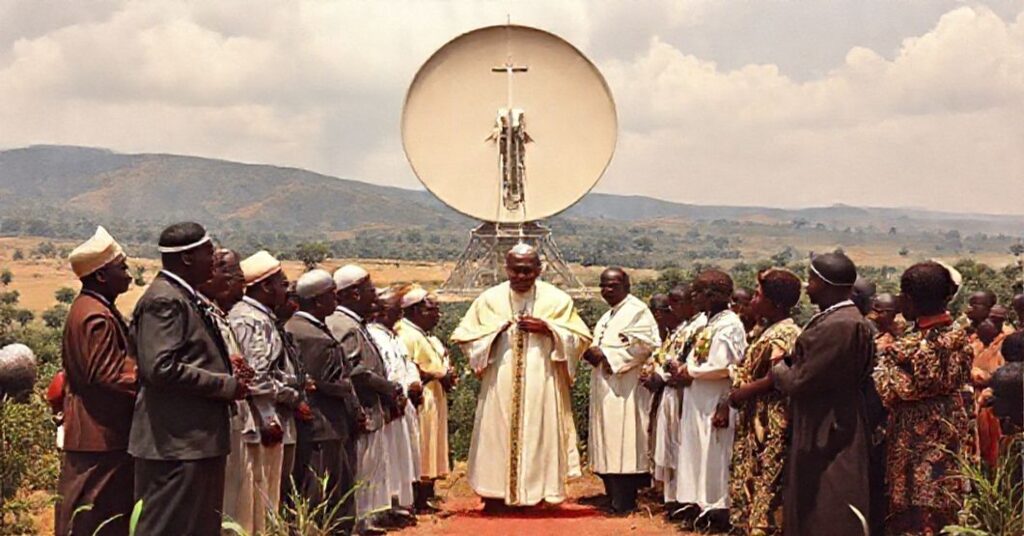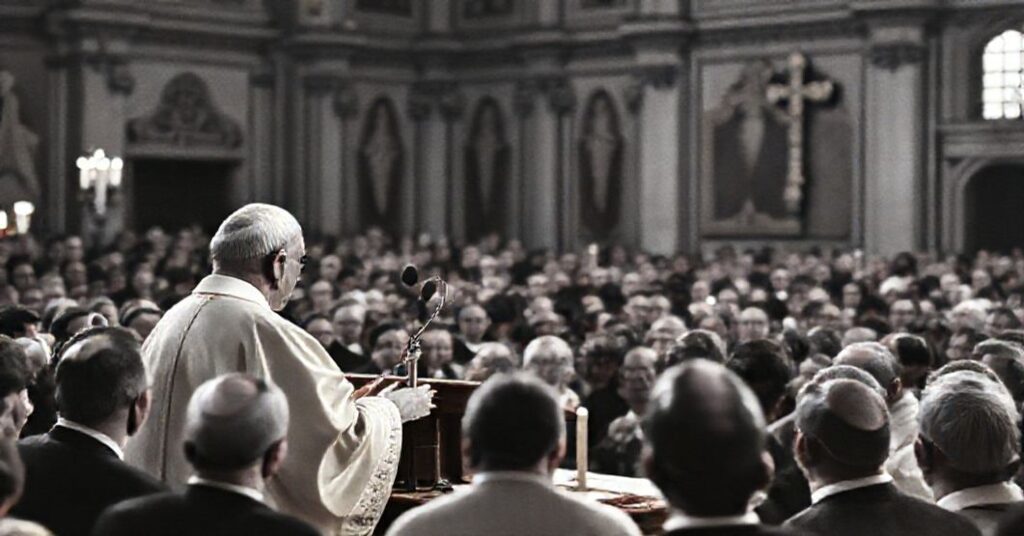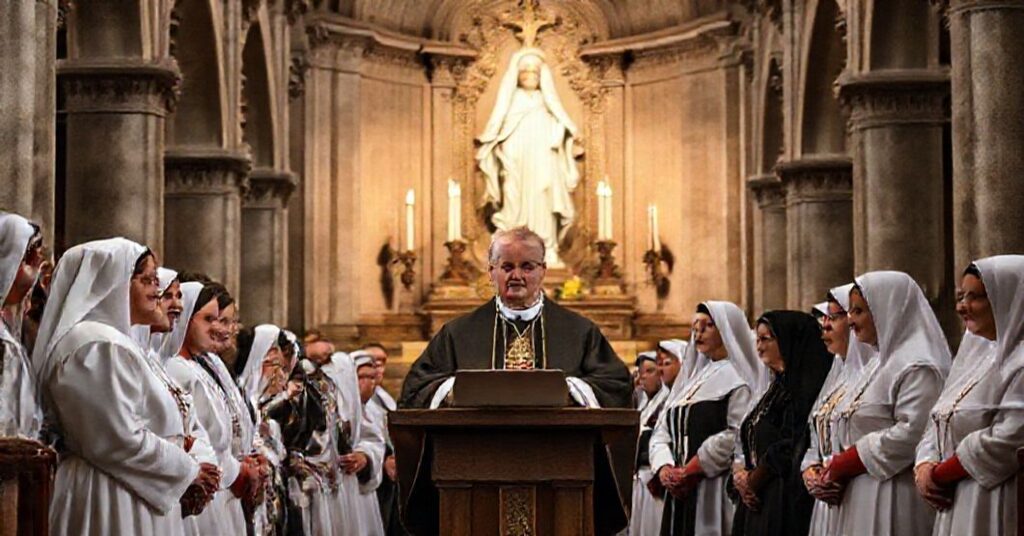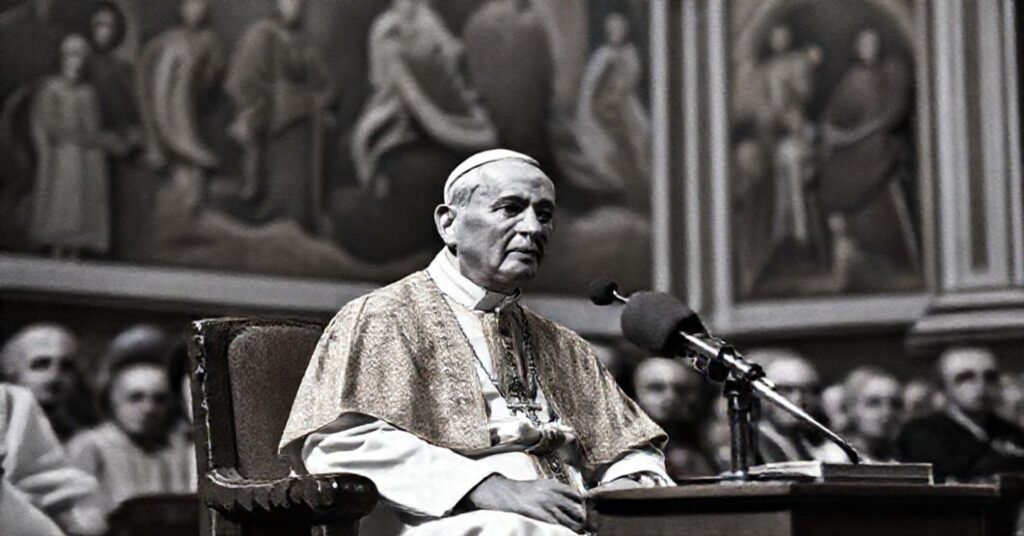LA NUNTIUS RADIOPHONICUS (1961.10.07)
Venerable Brothers and beloved children of the Philippine Islands are congratulated by John XXIII on the inauguration in Rome of the Pontifical Philippine College, praised for its beauty, generosity of benefactors, and its role in forming seminarians “near the See of Peter” so that they may return as chosen heralds of truth to their homeland; he exhorts perseverance in the received faith, fervent prayers and support for priestly vocations, insisting that the people’s salvation depends especially on the sacred clergy. This seemingly pious allocution, however, is a distilled manifesto of the conciliar sect’s program: transferring the center of gravity from the divine, immutable Church to a neo-church around a manifest heretic, instrumentalizing the Philippines for the coming revolution, and replacing the supernatural priesthood with a Romanized apparatus of future collaborators of apostasy.










